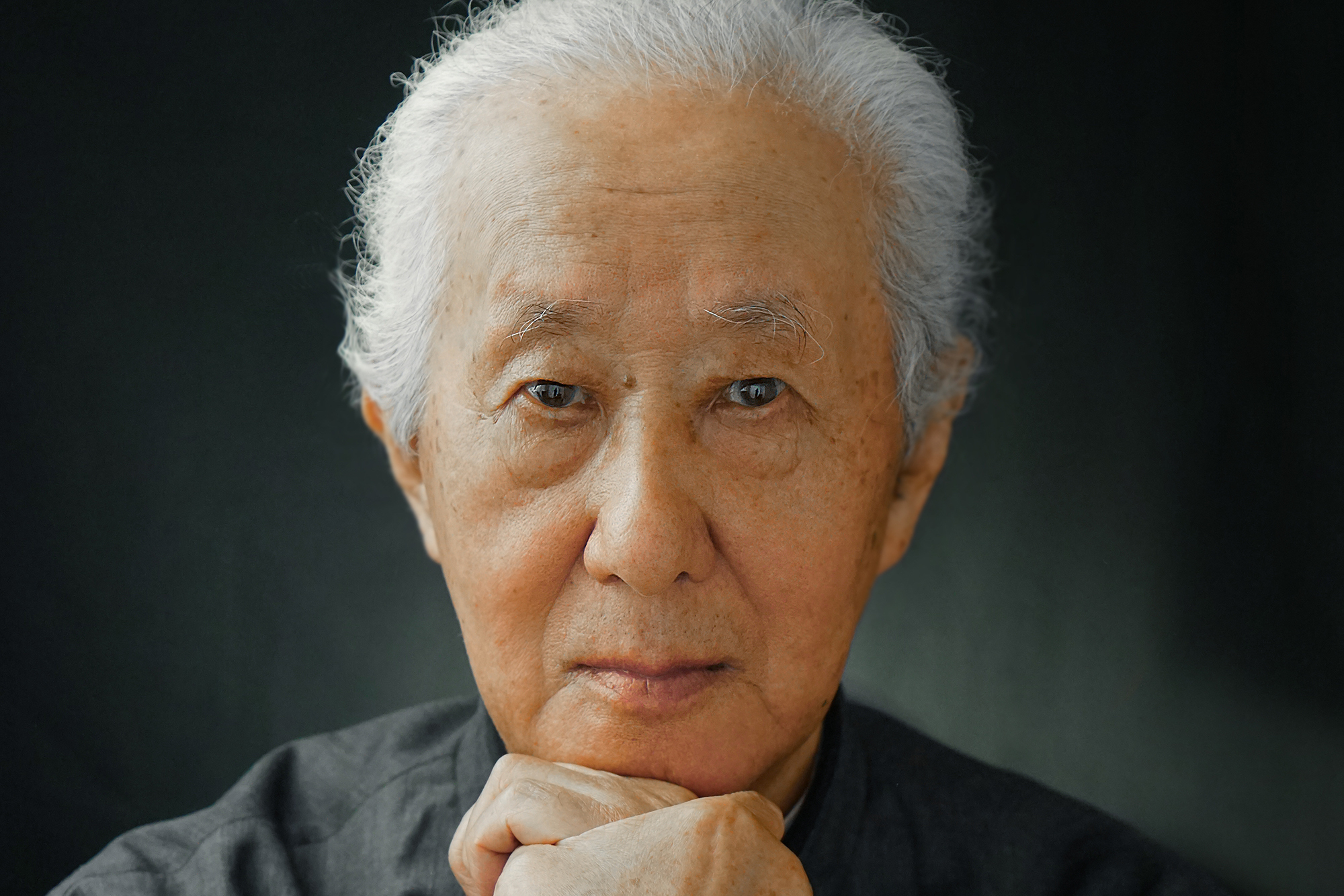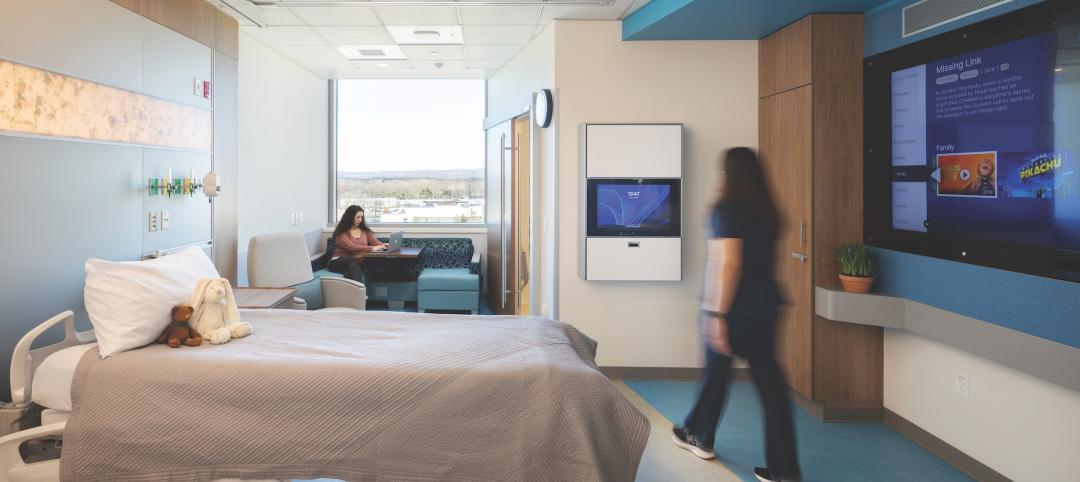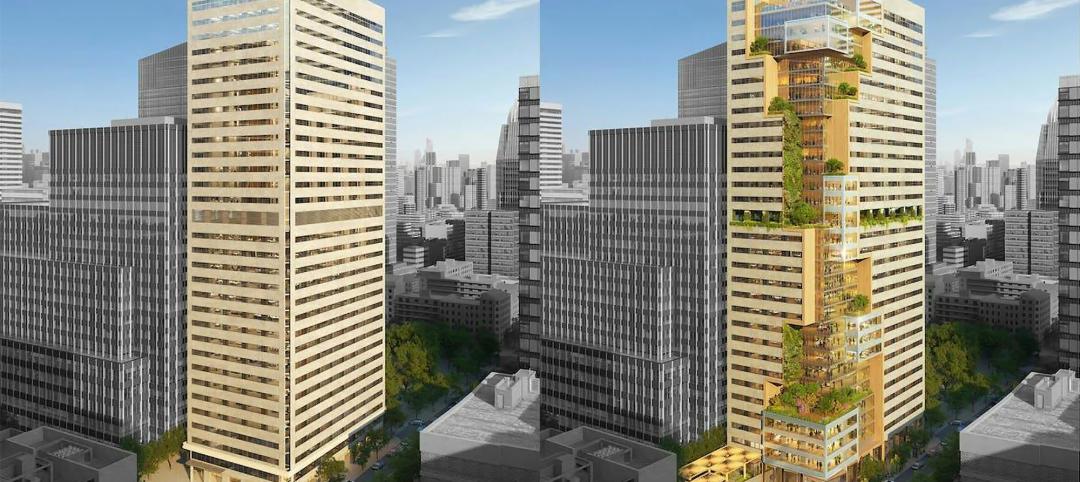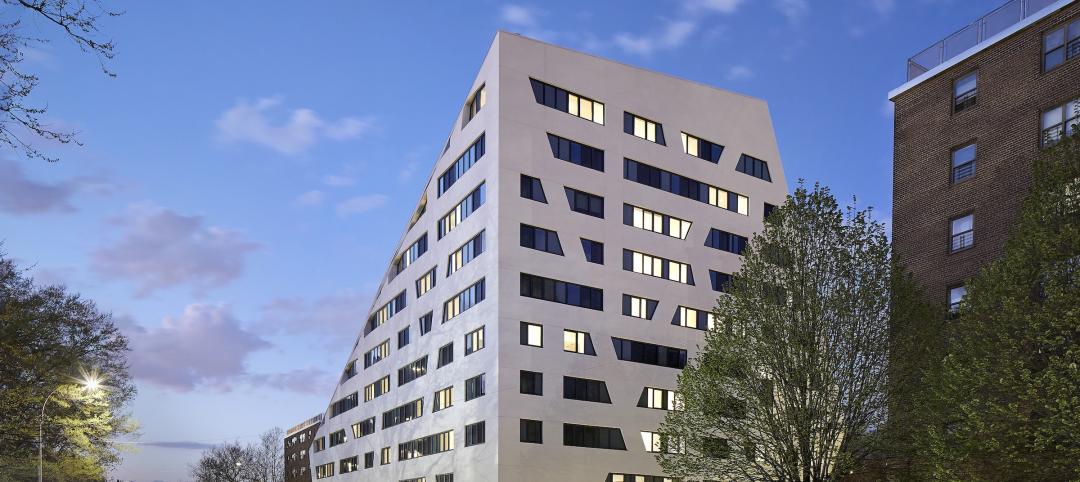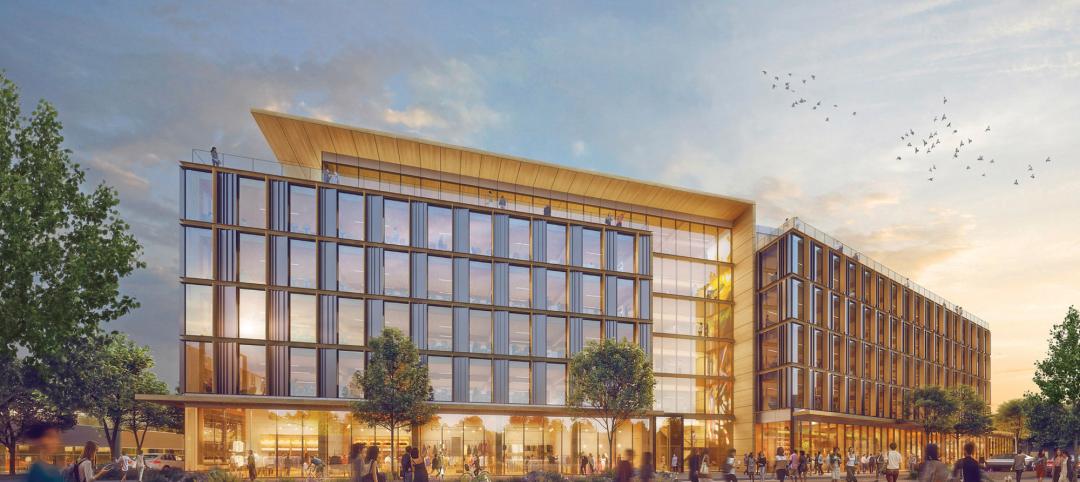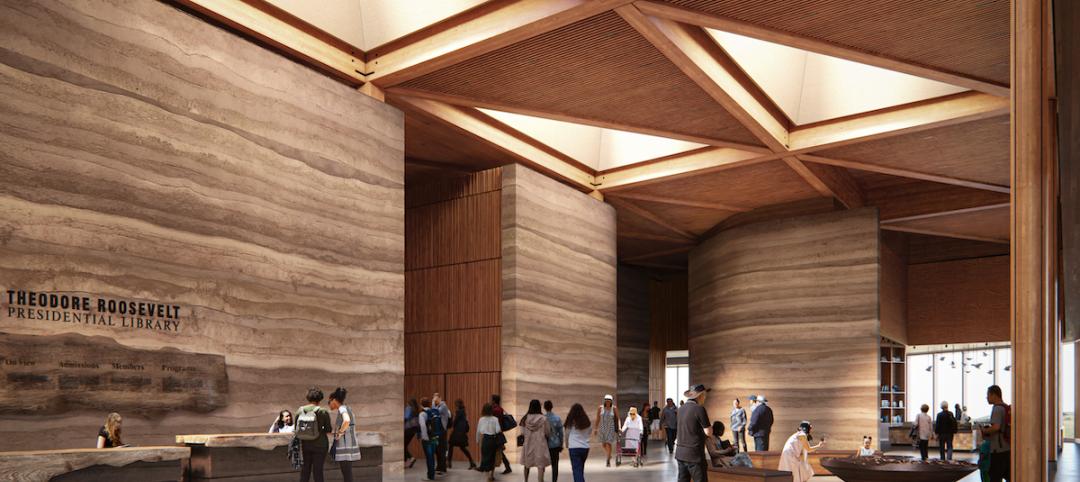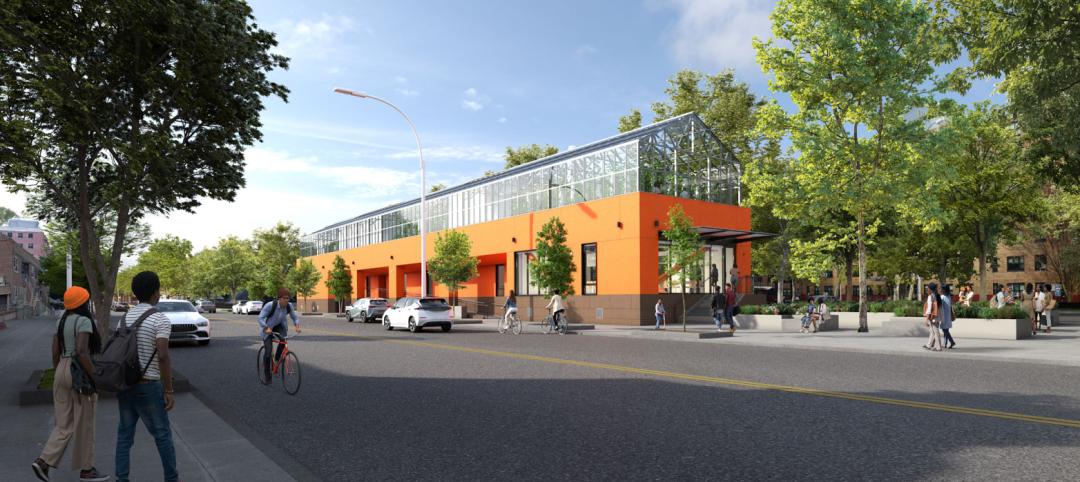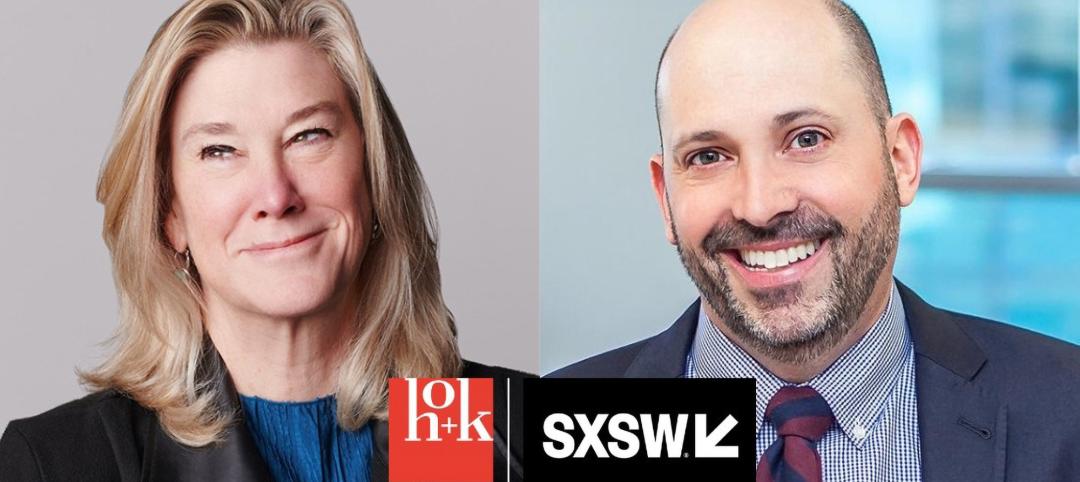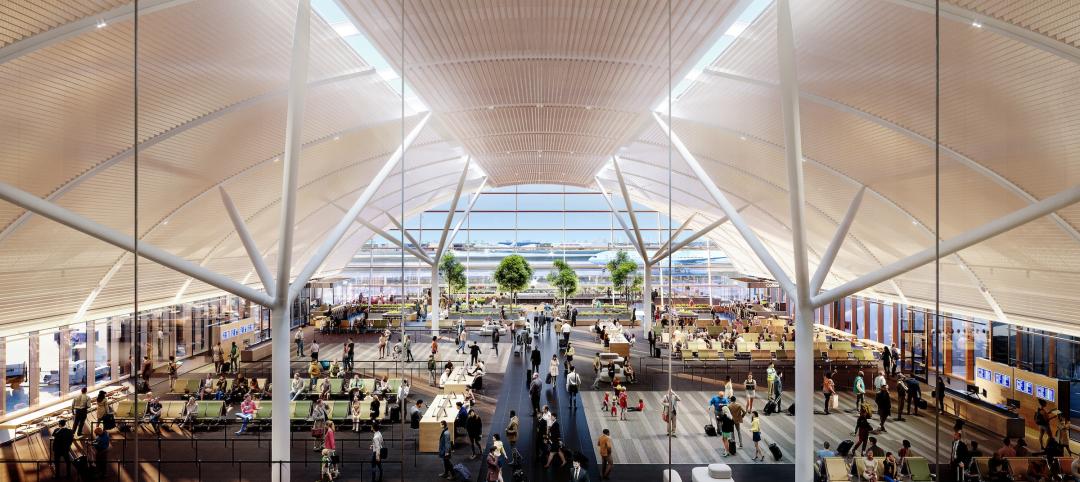Arata Isozaki, distinguished Japanese architect, city planner and theorist, has been selected as the 2019 Laureate of the Pritzker Architecture Prize, the award that is known internationally as architecture’s highest honor.
Lauded as a visionary amongst his international contemporaries, Isozaki’s forward-thinking approach, deep commitment to the “art of space,” and transnational methodology have been evidenced since the 1960s. The prolific architect has been credited with facilitating dialogue between East and West, reinterpreting global influences within architecture, and supporting the development of younger generations in the field. His precision and dexterity are demonstrated through his mastery of an intercontinental range of building techniques, interpretation of site and context, and intentionality of details.
The 2019 Jury Citation states, in part, “Possessing a profound knowledge of architectural history and theory, and embracing the avant-garde, he never merely replicated the status quo, but his search for meaningful architecture was reflected in his buildings that to this day, defy stylistic categorizations, are constantly evolving, and always fresh in their approach.”
Isozaki’s early successes in architecture transpired during the era following the Allied occupation of Japan, when the country sought to rebuild itself after the ruins of the Second World War. “I wanted to see the world through my own eyes, so I traveled around the globe at least ten times before I turned thirty. I wanted to feel the life of people in different places and visited extensively inside Japan, but also to the Islamic world, villages in the deep mountains of China, South East Asia, and metropolitan cities in the U.S. I was trying to find any opportunities to do so, and through this, I kept questioning, ‘what is architecture?’,” recalls the Laureate.
'I wanted to see the world through my own eyes, so I traveled around the globe at least 10 times before I turned thirty. I wanted to feel the life of people in different places and visited extensively inside Japan, but also to the Islamic world, villages in the deep mountains of China, South East Asia, and metropolitan cities in the U.S. I was trying to find any opportunities to do so, and through this, I kept questioning, "What is architecture?"' — Arata Isozaki
Not only did he extend efforts to physically reconstruct his native hometown with buildings including Ōita Medical Hall (1959-60) and Annex (1970-1972 Ōita, Japan), and the Ōita Prefectural Library (1962-1966 Ōita, Japan, renamed Ōita Art Plaza in 1996), but also redefined mutual exchange between eastern and western societies, allowing Japanese vision to inform European and American design, particularly in the 1980s.
“Isozaki was one of the first Japanese architects to build outside of Japan during a time when western civilizations traditionally influenced the East, making his architecture—which was distinctively influenced by his global citizenry—truly international,” comments Tom Pritzker, Chairman of Hyatt Foundation. “In a global world, architecture needs that communication.”
His buildings appear geometrically simple, but are infused with theory and purpose. The Museum of Contemporary Art, Los Angeles (1981-1986 Los Angeles, United States) was the architect’s first international commission. Though controversial and geographically challenging, the red Indian sandstone building was resolved by Isozaki’s eloquent awareness of scale through an assemblage of volumes, while employing the golden ratio and yin yang theory throughout, evoking the complementary nature of western and eastern relationships.
Isozaki’s avant-garde approach is fluid, adjusting in response to the needs and influences of each environment through a concept of interrelated time and form called “ma.” Thoughtful connectivity between global universality and local identity is made apparent through his comprehensive cross-cultural and interdisciplinary solutions that reflect deep sensitivity to specific contextual, environmental and societal needs.
 Qatar National Convention Center, photo courtesy of Hisao Suzuki
Qatar National Convention Center, photo courtesy of Hisao Suzuki
 Qatar National Convention Center, photo courtesy of Hisao Suzuki
Qatar National Convention Center, photo courtesy of Hisao Suzuki
Ceramic Park Mino (1996-2002 Gifu, Japan), a ceramics museum situated in a cascading valley, preserves surrounding vegetation while serving as an extension of the topography through outdoor terraces, observation decks and overlooks, detailed with regional stoneware bricks and ceramic. Palau Sant Jordi (1983-1990 Barcelona, Spain), designed for the 1992 Summer Olympic Games, is positioned partially below ground to minimize the profile of the 17,000-person facility and instead highlight the surrounding Montjuïc hillside. The domed roof was built referencing Catalan vault techniques, while the sloped forms were inspired by those of Buddhist temples, and local materials including brick, tile, zinc and travertine were used as finishes.
“Isozaki is a pioneer in understanding that the need for architecture is both global and local—that those two forces are part of a single challenge,” says Justice Stephen Breyer, Jury Chair. “For many years, he has been trying to make certain that areas of the world that have long traditions in architecture are not limited to that tradition, but help spread those traditions while simultaneously learning from the rest of the world.”
'Isozaki was one of the first Japanese architects to build outside of Japan during a time when western civilizations traditionally influenced the East, making his architecture—which was distinctively influenced by his global citizenry—truly international. In a global world, architecture needs that communication.' — Tom Pritzker, Chairman of Hyatt Foundation
The Jury also notes the Laureate’s spirit of generosity, as he has, and continues, to promote architects at the onsets of their careers who have since gone on to become distinguished figures within the discipline.
Isozaki’s work has thus far surpassed six decades and over one hundred built works throughout Asia, Europe, North America, the Middle East and Australia. Other prominent works include the Kitakyushu City Museum of Art (1972-1974 Fukuoka, Japan), Tsukuba Center Building, (1979-1983 Ibaraki, Japan), Art Tower Mito (1986-1990 Ibaraki, Japan), Nara Centennial Hall (1992-1998 Nara, Japan), Pala Alpitour (2002-2006 Torino, Italy), Himalayas Center (2003-2013 Shanghai, China), Allianz Tower (2003-2014 Milan, Italy), Qatar National Convention Center (2004-2011 Doha, Qatar), and Shanghai Symphony Hall (2008-2014 Shanghai, China).
Isozaki is the 46th Laureate of the Pritzker Prize, and the eighth to hail from Japan. The 2019 Pritzker Prize ceremony will take place in France this May, accompanied by a public lecture in Paris.
 Allianz Tower, photo courtesy of Alessandra Chemollo
Allianz Tower, photo courtesy of Alessandra Chemollo
 Allianz Tower, photo courtesy of Alessandra Chemollo
Allianz Tower, photo courtesy of Alessandra Chemollo
 Shanghai Symphony Hall, photo courtesy of Chen Hao
Shanghai Symphony Hall, photo courtesy of Chen Hao
 Shanghai Symphony Hall, photo courtesy of Chen Hao
Shanghai Symphony Hall, photo courtesy of Chen Hao
 Domus: La Casa del Hombre, photo courtesy of Hisao Suzuki
Domus: La Casa del Hombre, photo courtesy of Hisao Suzuki
 Domus: La Casa del Hombre, photo courtesy of Hisao Suzuki
Domus: La Casa del Hombre, photo courtesy of Hisao Suzuki
 Ceramic Park Mino, photo courtesy of Hisao Suzuki
Ceramic Park Mino, photo courtesy of Hisao Suzuki
 Kitakyushu Central Library, photo courtesy of FUJITSUKA Mitsumasa
Kitakyushu Central Library, photo courtesy of FUJITSUKA Mitsumasa
 Kitakyushu Central Library, photo courtesy of FUJITSUKA Mitsumasa
Kitakyushu Central Library, photo courtesy of FUJITSUKA Mitsumasa
 Kitakyushu Central Library, photo courtesy of FUJITSUKA Mitsumasa
Kitakyushu Central Library, photo courtesy of FUJITSUKA Mitsumasa
 MOMA Gunma, photo courtesy of Yasuhiro Ishimoto
MOMA Gunma, photo courtesy of Yasuhiro Ishimoto
 MOMA Gunma, photo courtesy of Yasuhiro Ishimoto
MOMA Gunma, photo courtesy of Yasuhiro Ishimoto
Related Stories
Healthcare Facilities | Jun 13, 2024
Top 10 trends in the hospital facilities market
BD+C evaluated more than a dozen of the nation's most prominent hospital construction projects to identify trends that are driving hospital design and construction in the $67 billion healthcare sector. Here’s what we found.
Adaptive Reuse | Jun 13, 2024
4 ways to transform old buildings into modern assets
As cities grow, their office inventories remain largely stagnant. Yet despite changes to the market—including the impact of hybrid work—opportunities still exist. Enter: “Midlife Metamorphosis.”
Affordable Housing | Jun 12, 2024
Studio Libeskind designs 190 affordable housing apartments for seniors
In Brooklyn, New York, the recently opened Atrium at Sumner offers 132,418 sf of affordable housing for seniors. The $132 million project includes 190 apartments—132 of them available to senior households earning below or at 50% of the area median income and 57 units available to formerly homeless seniors.
Mass Timber | Jun 10, 2024
5 hidden benefits of mass timber design
Mass timber is a materials and design approach that holds immense potential to transform the future of the commercial building industry, as well as our environment.
Lighting | Jun 10, 2024
LEDs were nearly half of the installed base of lighting products in the U.S. in 2020
Federal government research shows a huge leap in the penetration of LEDs in the lighting market from 2010 to 2020. In 2010 and 2015, LED installations represented 1% and 8% of overall lighting inventory, respectively.
Libraries | Jun 7, 2024
7 ways to change 'business as usual': The Theodore Roosevelt Presidential Library
One hundred forty years ago, Theodore Roosevelt had a vision that is being realized today. The Theodore Roosevelt Presidential Library is a cutting-edge example of what’s possible when all seven ambitions are pursued to the fullest from the beginning and integrated into the design at every phase and scale.
Education Facilities | Jun 6, 2024
Studio Gang designs agricultural education center for the New York City Housing Authority
Earlier this month, the City of New York broke ground on the new $18.2 million Marlboro Agricultural Education Center (MAEC) at the New York City Housing Authority’s Marlboro Houses in Brooklyn. In line with the mission of its nonprofit operator, The Campaign Against Hunger, MAEC aims to strengthen food autonomy and security in underserved neighborhoods. MAEC will provide Marlboro Houses with diverse, community-oriented programs.
Office Buildings | Jun 6, 2024
HOK presents neurodiversity research and design guidelines at SXSW 2024
Workplace experts share insights on designing inclusive spaces that cater to diverse sensory processing needs.
Architects | Jun 4, 2024
HED and Larson Incitti Architects merge, combine Denver staff
HED, a leading national architecture and engineering firm, today announced a merger with award-winning, Denver-based Larson Incitti Architects (LIA). The merger combines LIA's staff with HED's Denver office, significantly expanding the local team and leveraging community relationships to create new opportunities across multiple market sectors.
Airports | Jun 3, 2024
SOM unveils ‘branching’ structural design for new Satellite Concourse 1 at O’Hare Airport
The Chicago Department of Aviation has revealed the design for Satellite Concourse 1 at O’Hare International Airport, one of the nation’s business airports. Designed by Skidmore, Owings & Merrill (SOM), with Ross Barney Architects, Juan Gabriel Moreno Architects (JGMA), and Arup, the concourse will be the first new building in the Terminal Area Program, the largest concourse area expansion and revitalization in the airport’s almost seven-decade history.


